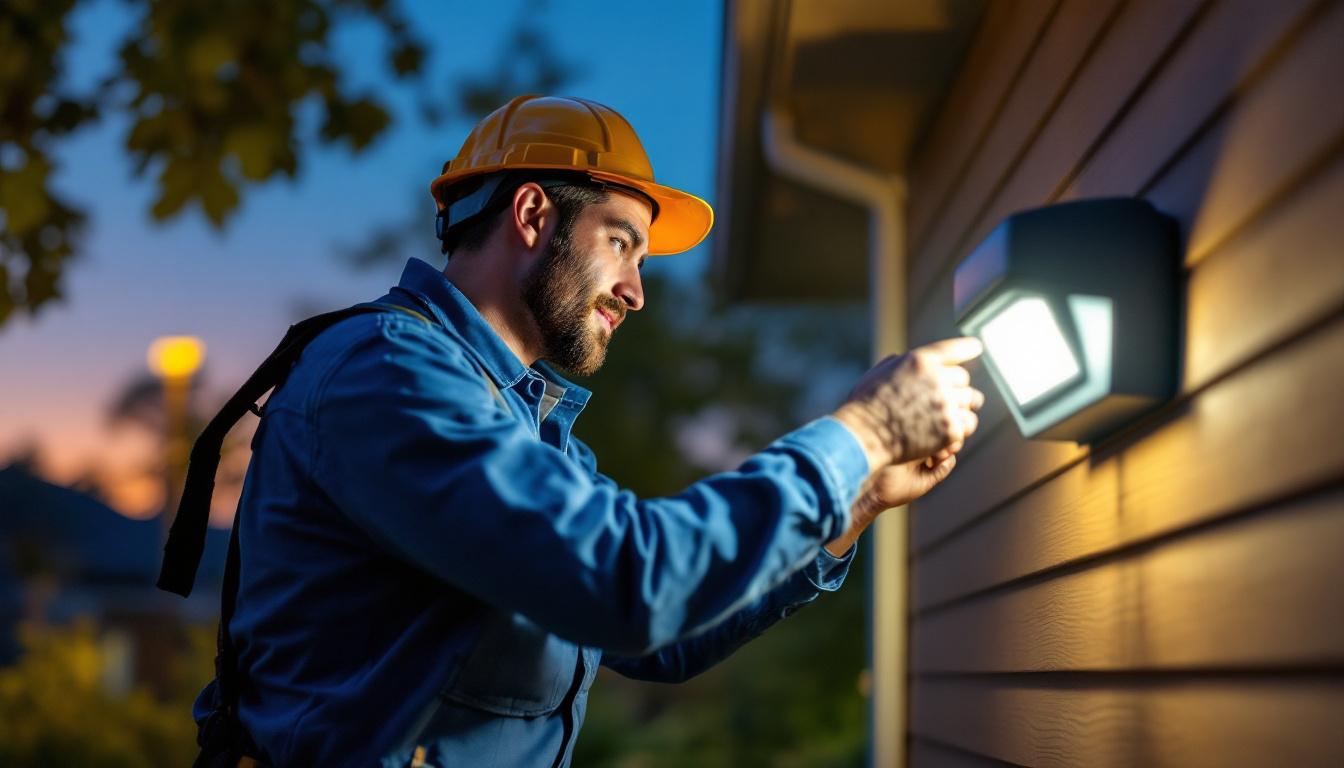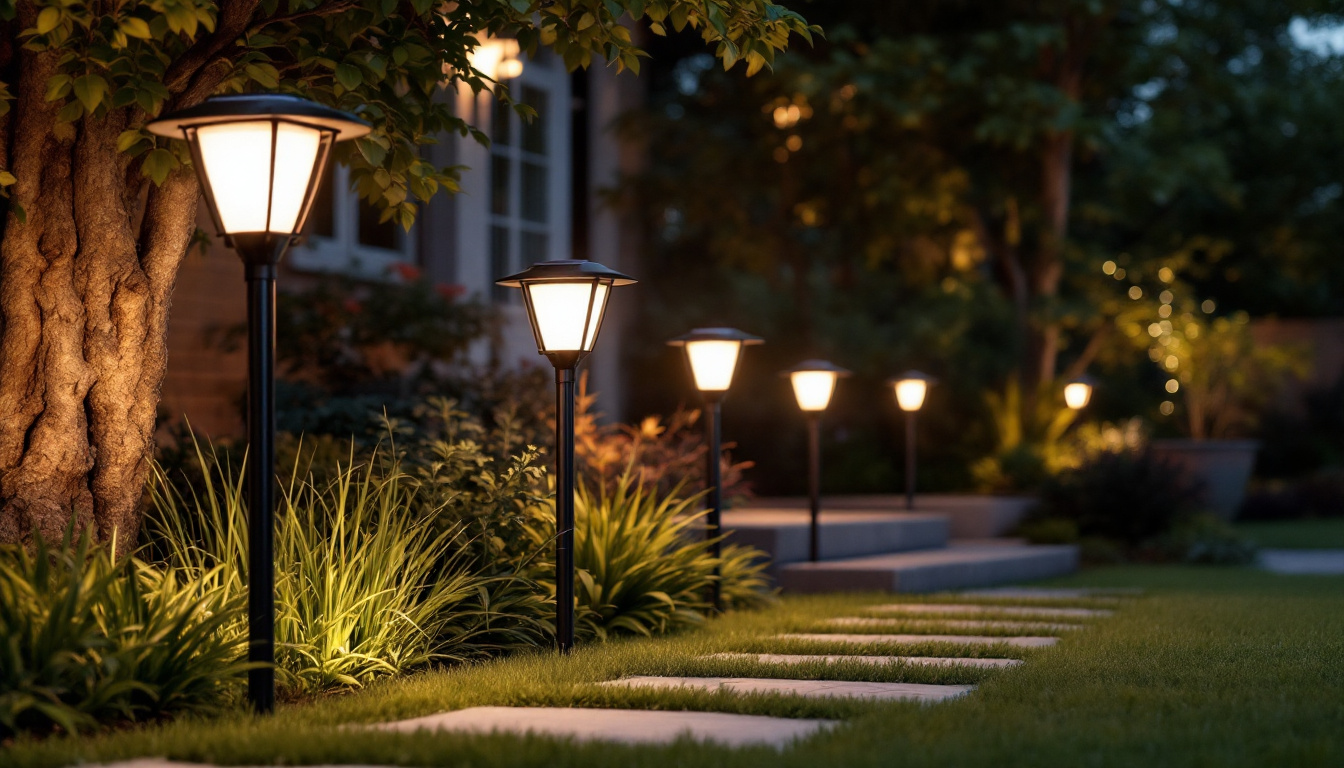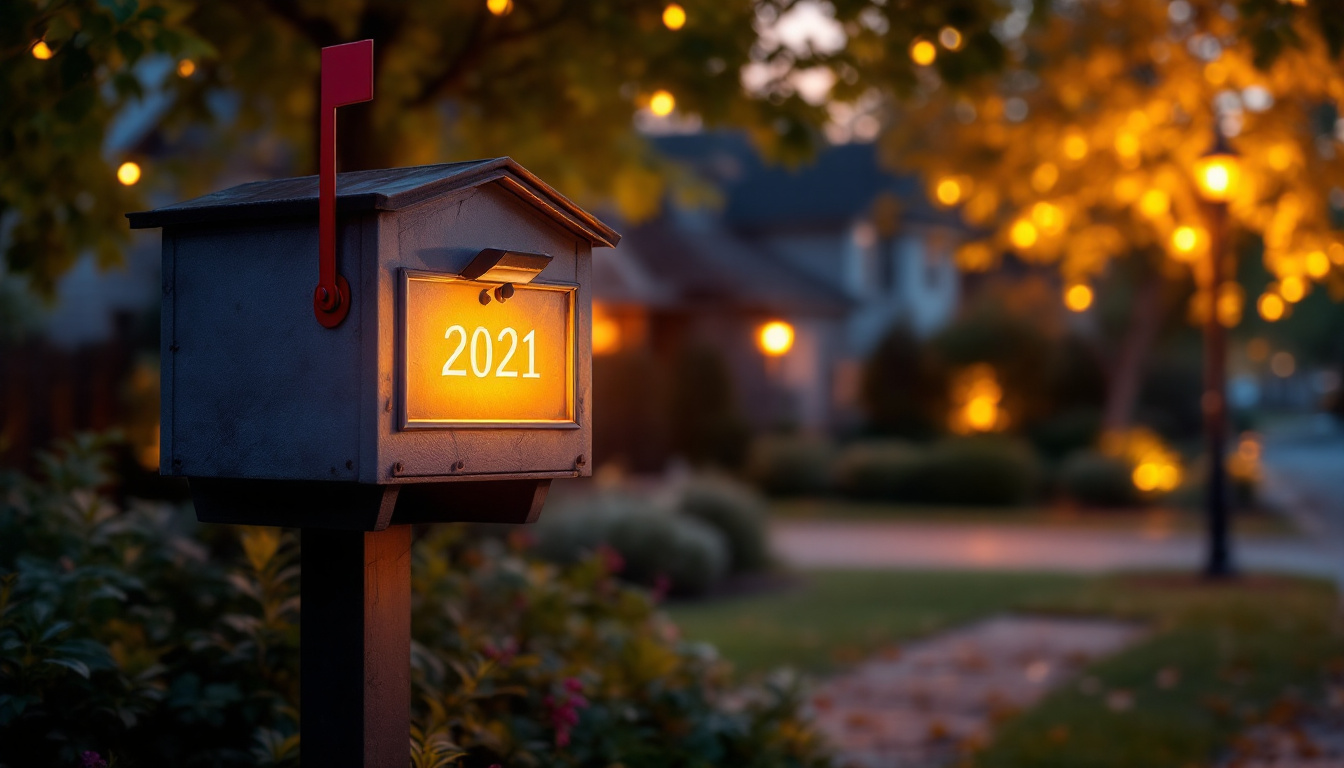
As the demand for outdoor motion security lights continues to rise, lighting contractors are presented with both challenges and opportunities. Understanding the nuances of these fixtures is essential for delivering quality installations that meet client expectations. This article provides a comprehensive guide for lighting contractors, offering valuable tips and insights into mastering outdoor motion security lights.
Outdoor motion security lights are designed to enhance safety and security by illuminating areas when motion is detected. They serve a dual purpose: deterring potential intruders and providing visibility for homeowners as they navigate their properties after dark. Understanding the technology behind these lights is crucial for effective installation. With advancements in technology, many modern motion security lights now come equipped with additional features such as adjustable sensitivity settings and customizable light duration, allowing homeowners to tailor their security systems to their specific needs.
There are primarily two types of motion sensors used in outdoor security lights: passive infrared (PIR) and microwave sensors. PIR sensors detect heat emitted by moving objects, such as people and animals, while microwave sensors emit microwave pulses and detect changes in frequency caused by movement. Each type has its advantages and ideal applications, making it essential for contractors to assess the specific needs of their clients. For instance, PIR sensors are often more effective in areas with a clear line of sight, while microwave sensors can penetrate obstacles, making them suitable for more complex environments. Additionally, some models combine both technologies for enhanced reliability, ensuring that the lights activate even in challenging conditions.
When it comes to light sources, contractors can choose between LED, halogen, and incandescent bulbs. LED lights are becoming increasingly popular due to their energy efficiency and longevity. Halogen bulbs provide bright, white light but consume more energy and have a shorter lifespan. Incandescent bulbs, while less common now, offer a warm light but are the least energy-efficient option. Understanding these differences helps contractors recommend the best options to their clients. Furthermore, the choice of light source can also impact the aesthetic appeal of the property. For example, LED lights come in various color temperatures, allowing homeowners to select a hue that complements their outdoor decor, while halogen lights can create a more inviting atmosphere with their bright illumination.
Each motion security light has a specified coverage area, typically measured in feet. It’s crucial for contractors to evaluate the layout of the property and determine the optimal placement of lights to ensure maximum coverage. Factors such as landscaping, building structures, and potential obstructions should be considered during installation. Additionally, the height at which the lights are mounted can significantly influence their effectiveness; higher placements may increase the detection range but can also create blind spots. Contractors should also take into account the typical movement patterns of residents and pets to ensure that the lights activate at the right moments, providing both security and convenience. By carefully planning the installation, homeowners can enjoy a well-lit environment that enhances safety without unnecessary disturbances.
Proper installation is key to ensuring the effectiveness of outdoor motion security lights. A well-executed installation not only enhances the functionality of the lights but also contributes to the overall aesthetic of the property. By following best practices, homeowners can enjoy peace of mind knowing their property is well-lit and secure, while also benefiting from energy-efficient lighting solutions that can reduce electricity costs.
When selecting locations for motion security lights, contractors should prioritize areas that require illumination, such as entryways, driveways, and pathways. Additionally, placing lights at strategic heights can enhance their effectiveness. Ideally, lights should be mounted at a height of 8 to 10 feet to optimize detection range while minimizing the risk of vandalism. It’s also beneficial to consider the surrounding landscape; for example, trimming back overgrown bushes or trees can prevent obstructions that may hinder the sensor’s performance. Furthermore, positioning lights to illuminate potential hiding spots can deter intruders and increase safety for residents and guests alike.
Wiring is another critical aspect of the installation process. Contractors should ensure that all wiring is weatherproof and compliant with local electrical codes. Using conduit can protect wiring from the elements, while also providing an aesthetically pleasing finish. It’s important to plan the wiring layout before installation to avoid complications during the process. Additionally, utilizing low-voltage wiring can be a smart choice for outdoor installations, as it reduces the risk of electrical shock and is often easier to install. Homeowners should also consider integrating smart technology, such as Wi-Fi-enabled lights, which can provide remote access and control through mobile devices, enhancing convenience and security.
Once the lights are installed, thorough testing is essential. Contractors should walk through the coverage areas to ensure the lights activate as intended. Adjustments may be necessary to fine-tune the sensitivity and duration settings of the motion sensors. This step is vital for ensuring that the lights perform optimally and meet the client’s expectations. Additionally, it is advisable to conduct tests during different times of the day and in varying weather conditions to ensure consistent performance. This proactive approach can help identify any potential issues early on, allowing for timely adjustments that can enhance the overall effectiveness of the lighting system. Regular maintenance checks after installation are also recommended to keep the lights functioning at their best, ensuring that any dirt or debris that may obstruct sensors is promptly cleared away.
As technology continues to evolve, integrating smart features into outdoor motion security lights has become increasingly popular. These advancements not only enhance security but also provide convenience for homeowners.
Smart motion sensors can be connected to home automation systems, allowing homeowners to receive alerts on their smartphones when motion is detected. This feature provides peace of mind, especially when homeowners are away from their properties. Contractors should familiarize themselves with various smart sensor options to offer clients the best solutions tailored to their needs.
Many modern outdoor motion security lights come with remote control capabilities, allowing homeowners to manage their lighting from anywhere. Additionally, scheduling features enable users to set specific times for lights to turn on or off, enhancing energy efficiency. Educating clients about these features can significantly improve their satisfaction with the installation.
Integrating outdoor motion security lights with existing security systems can provide a comprehensive security solution. This integration allows for coordinated responses to detected motion, such as triggering alarms or notifying security personnel. Contractors should work closely with clients to understand their security needs and recommend appropriate integration options.
Encourage clients to perform routine checks on their outdoor motion security lights. This includes cleaning the sensor lenses, checking for obstructions, and ensuring that the lights are functioning correctly. Regular maintenance can prevent issues before they arise and extend the lifespan of the fixtures.
Some common issues that may arise with outdoor motion security lights include false triggers, lights not activating, or lights staying on continuously. Educating clients about these potential problems can help them troubleshoot effectively. For instance, false triggers may be caused by pets or moving branches, while lights that do not activate could indicate a wiring issue or a malfunctioning sensor.
Effective communication with clients is crucial for ensuring they understand the functionality and benefits of their outdoor motion security lights. Educating clients not only enhances their satisfaction but also builds trust and credibility for the contractor.
During the installation process, take the time to demonstrate the features of the outdoor motion security lights to clients. Show them how to adjust settings, test the motion sensors, and utilize any smart features. Providing hands-on experience can empower clients and encourage them to utilize their systems effectively.
Providing clients with documentation that outlines the features, maintenance tips, and troubleshooting steps can be beneficial. This resource serves as a reference for clients and reinforces the contractor’s professionalism. Additionally, including warranty information and contact details for support can enhance the client experience.
The lighting industry is constantly evolving, with new technologies and trends emerging regularly. Staying informed about these changes is essential for lighting contractors to remain competitive and provide the best solutions for their clients.
Participating in workshops, webinars, and industry conferences can provide valuable insights into the latest advancements in outdoor motion security lighting. Many manufacturers offer training sessions that cover new products and installation techniques. Engaging in continuing education can help contractors stay ahead of the curve.
Networking with other lighting professionals can provide opportunities for sharing knowledge and experiences. Joining industry associations or local trade groups can facilitate connections with peers who may have valuable insights into best practices and emerging trends. Collaboration can lead to improved techniques and a better understanding of client needs.
Mastering outdoor motion security lights requires a combination of technical knowledge, effective installation practices, and strong client communication. By understanding the various types of motion sensors, light sources, and smart technologies, lighting contractors can provide tailored solutions that meet the unique needs of their clients.
Furthermore, prioritizing maintenance, educating clients, and staying updated with industry trends can enhance the overall service experience. With these tips in mind, lighting contractors can successfully navigate the complexities of outdoor motion security lighting, ultimately contributing to safer and more secure environments for homeowners.
Ready to elevate your lighting projects with the highest quality outdoor motion security lights? At LumenWholesale, we provide lighting contractors like you with spec-grade lighting solutions that combine quality, affordability, and convenience. Say goodbye to local distributor markups and enjoy unbeatable wholesale prices, free shipping, and a vast selection of reliable, high-performance lighting products. Take the next step in mastering your craft and creating secure, well-lit environments for your clients. Discover the best value in wholesale lighting by visiting Wholesale Lighting at the Best Value today.

Discover expert insights and practical tips on selecting and installing LED solar lamps for outdoor spaces.

Discover how large flush mount lights are revolutionizing lighting design and installation.

Illuminate pathways with confidence using our expert tips for lighting contractors.

Discover the importance of staying updated on house number lights for lighting contractors.